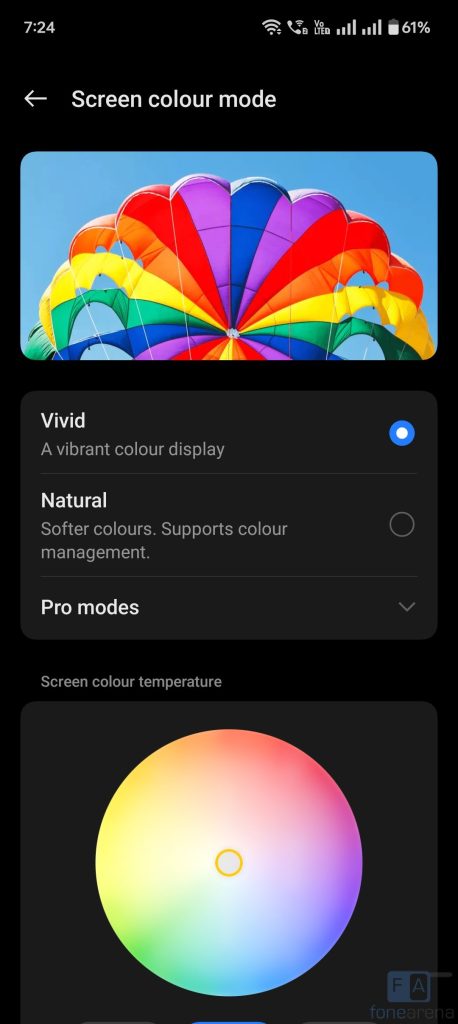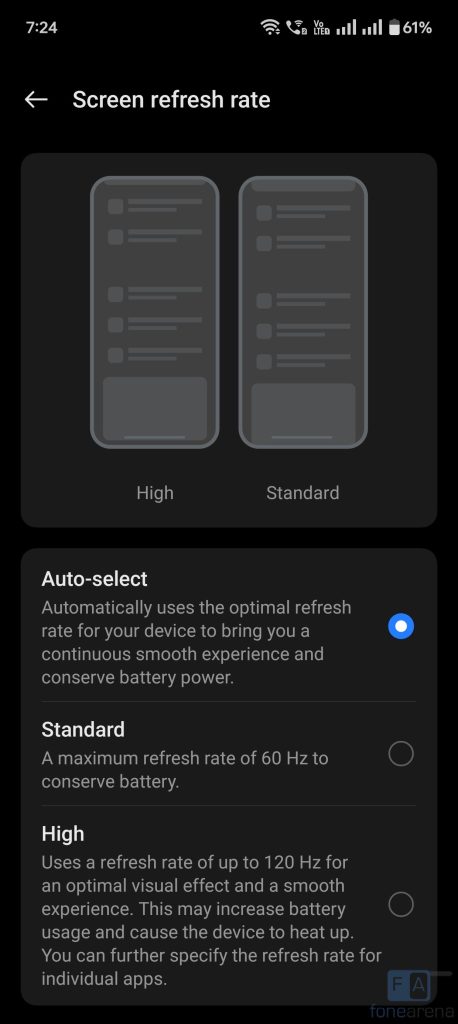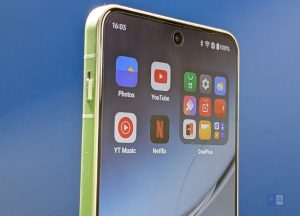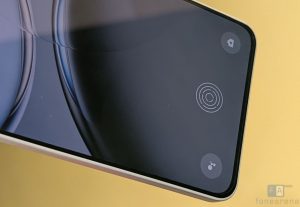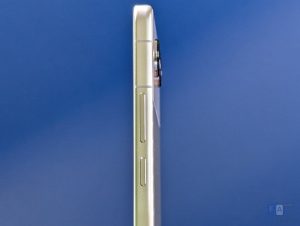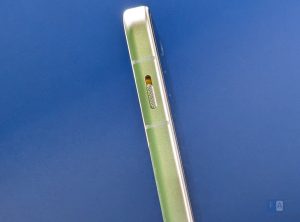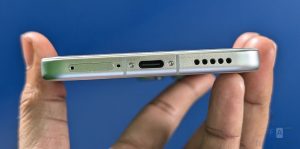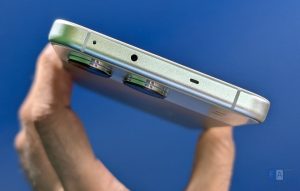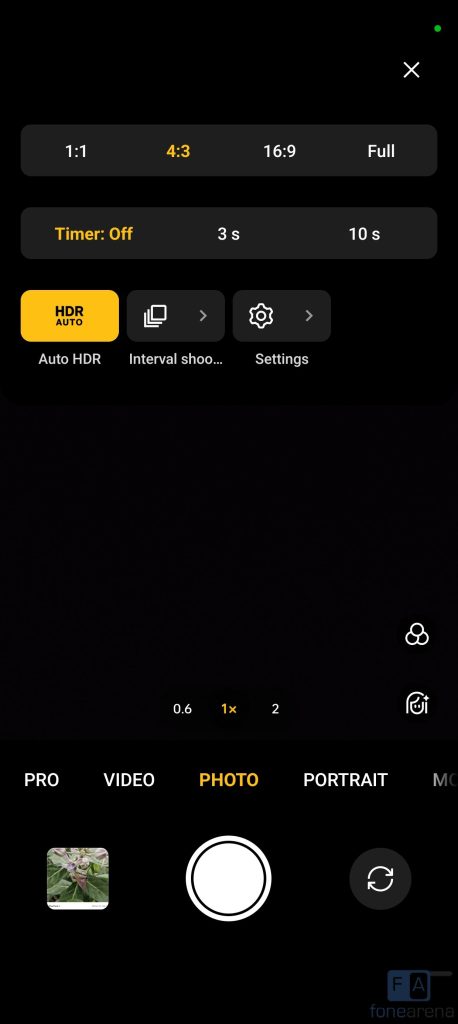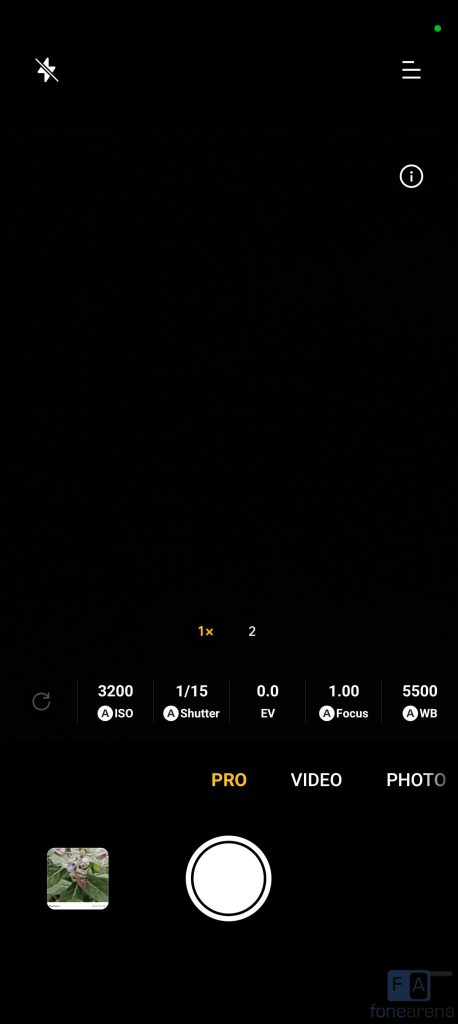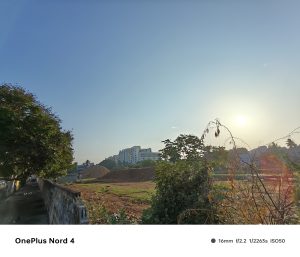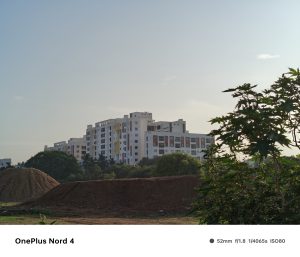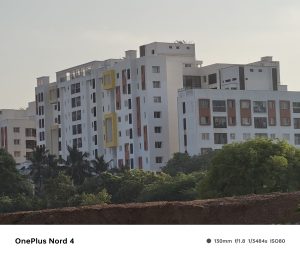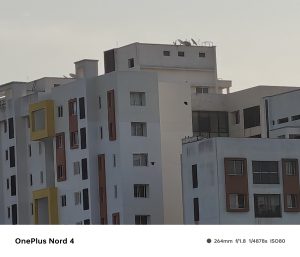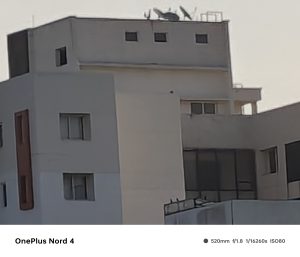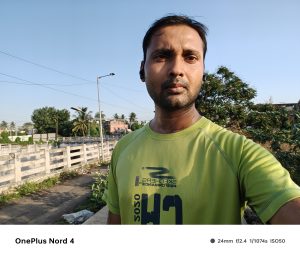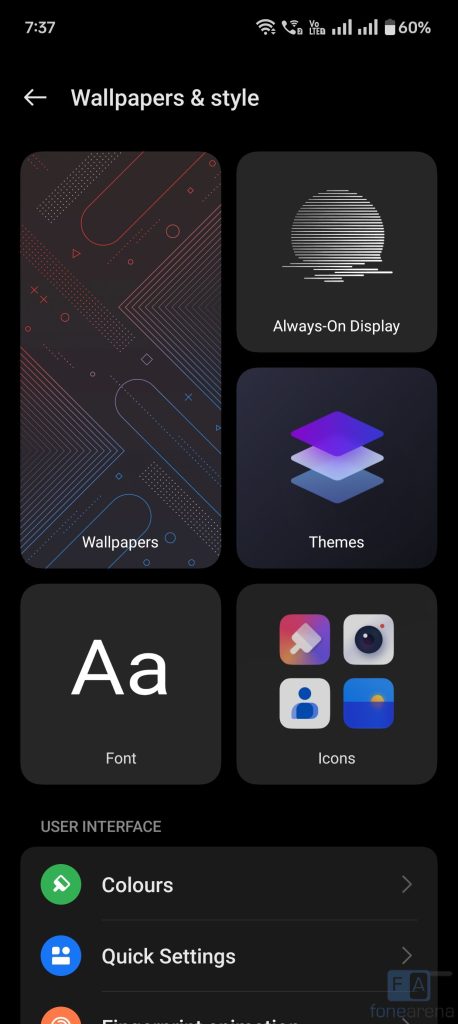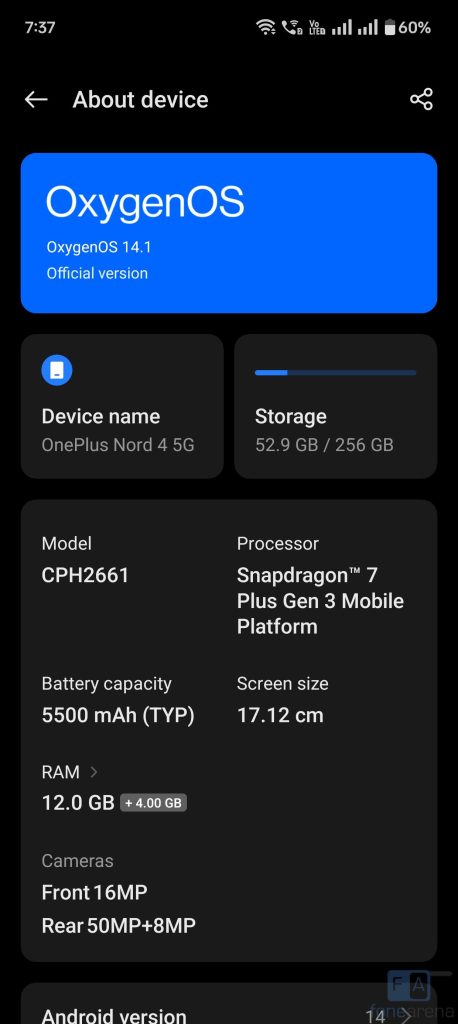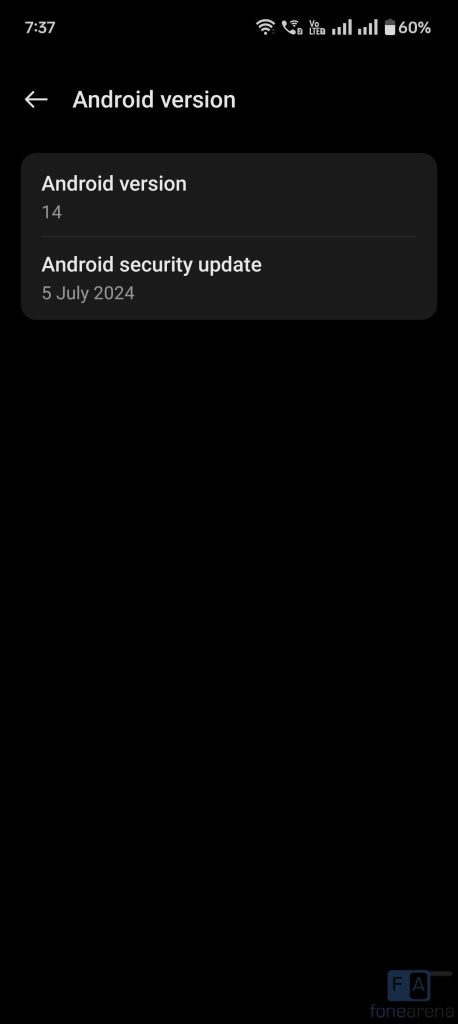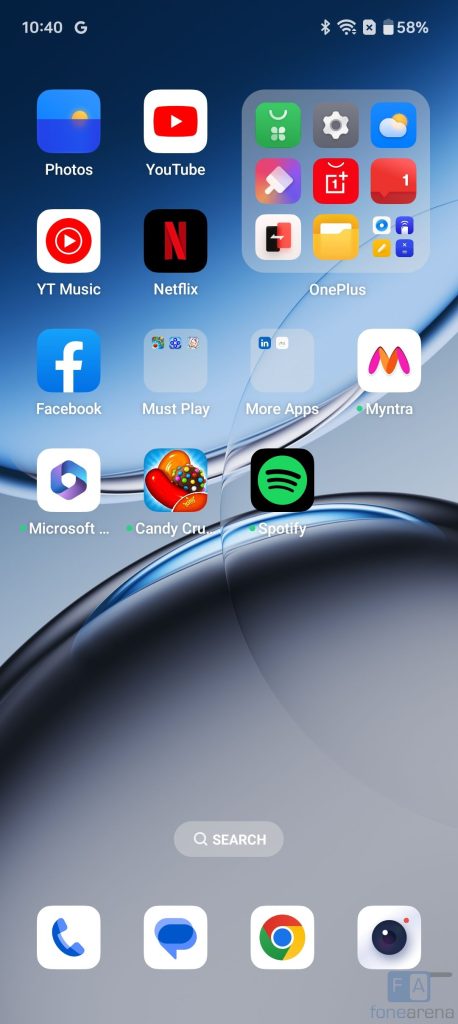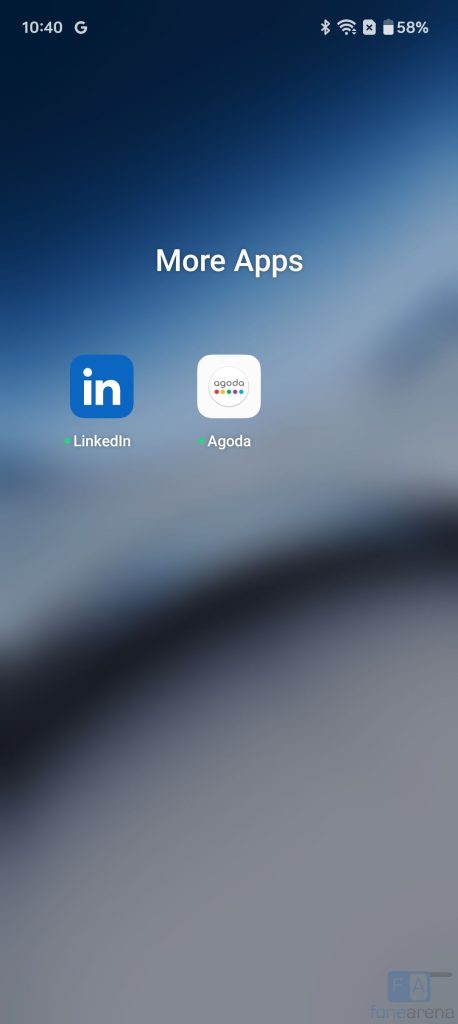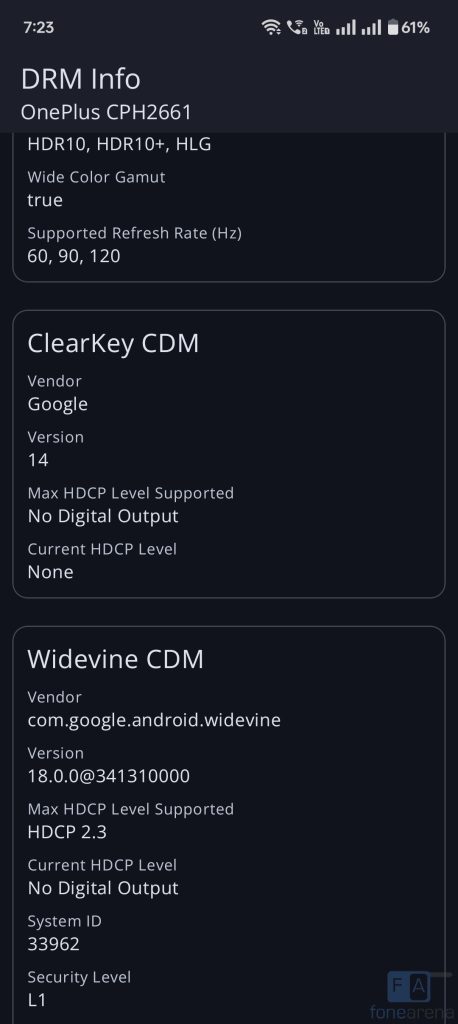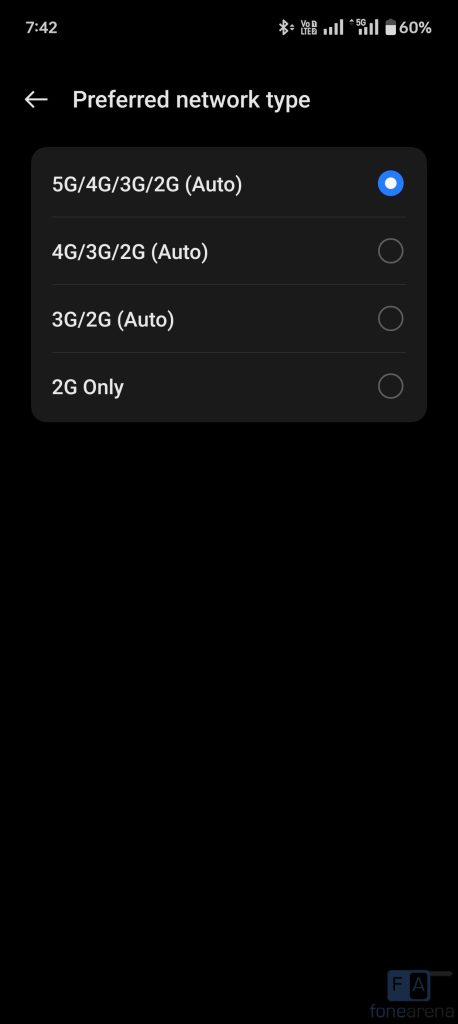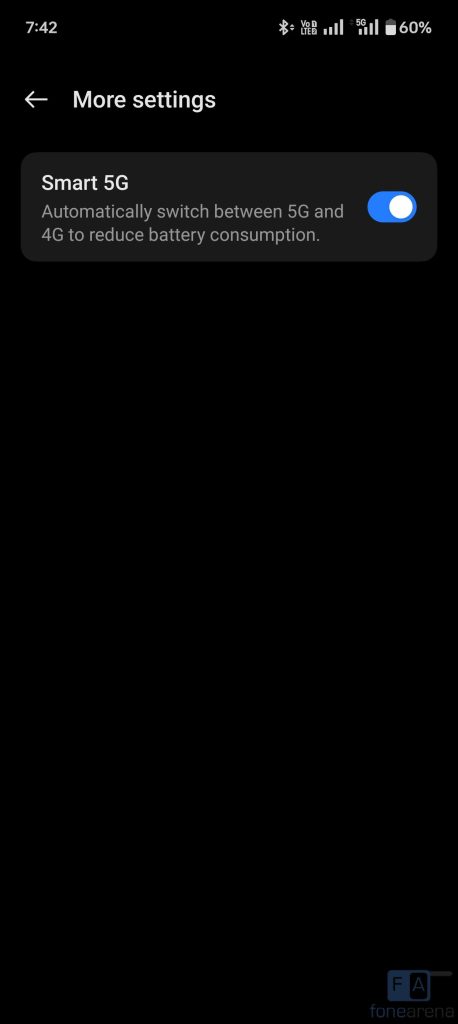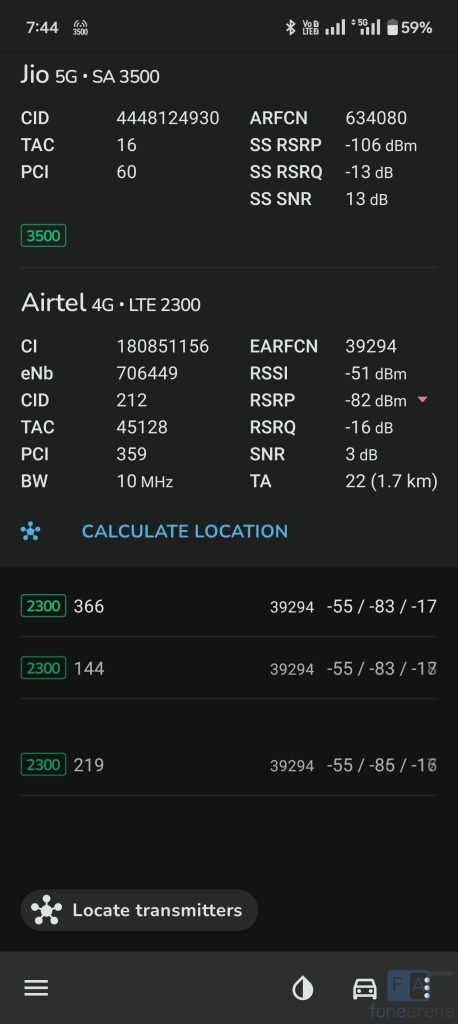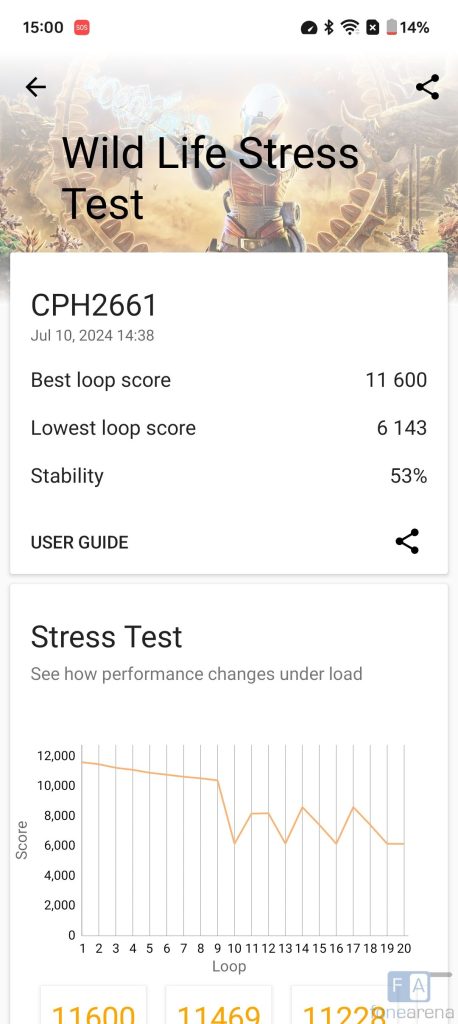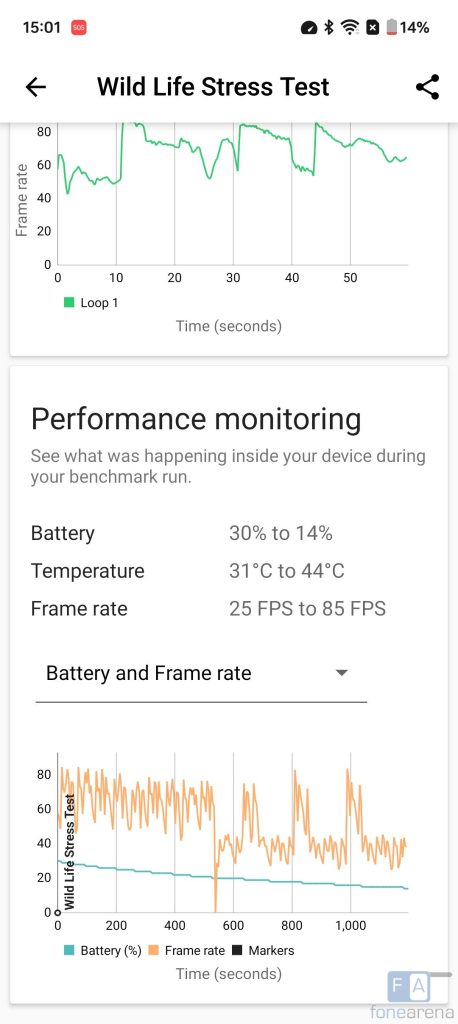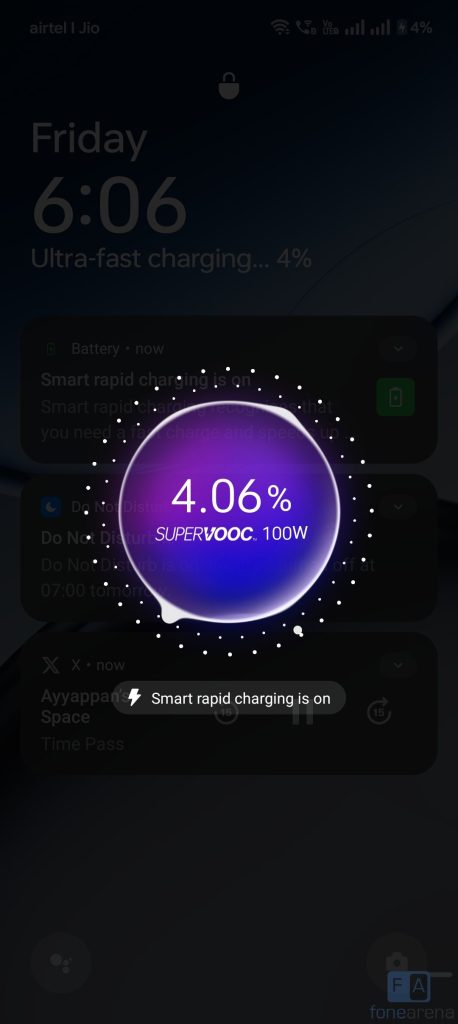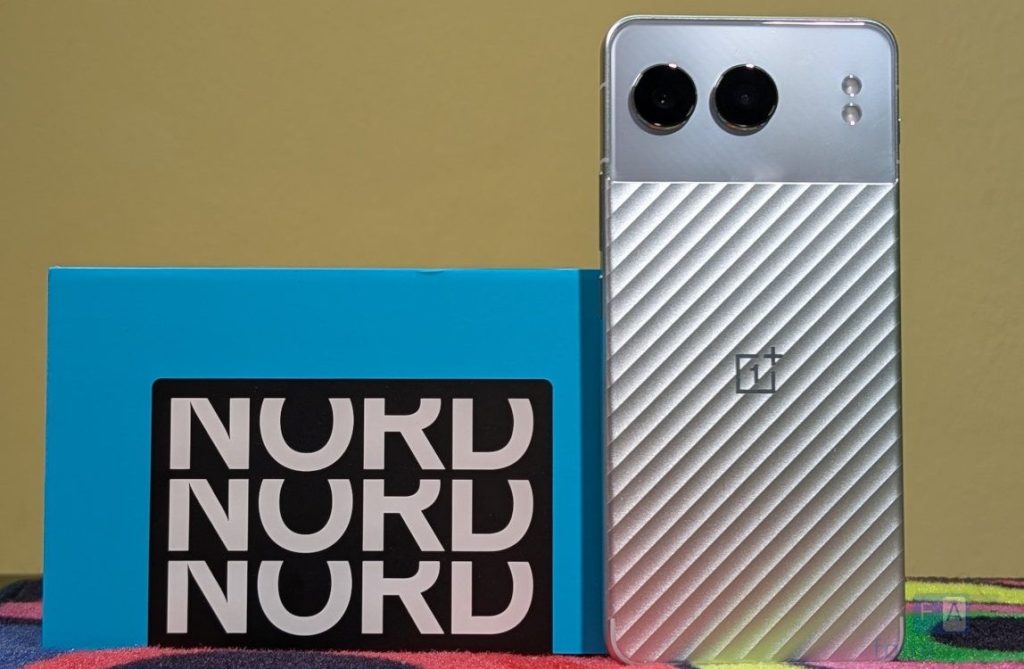
OnePlus launched its most expected OnePlus Nord 4 smartphone in India today. It is a major upgrade from last year’s Nord 3, since this gets a unibody metal design, faster Snapdragon SoC, bigger battery and faster charging. Is this worth the price? Let us dive into the review and find out.
Box Contents
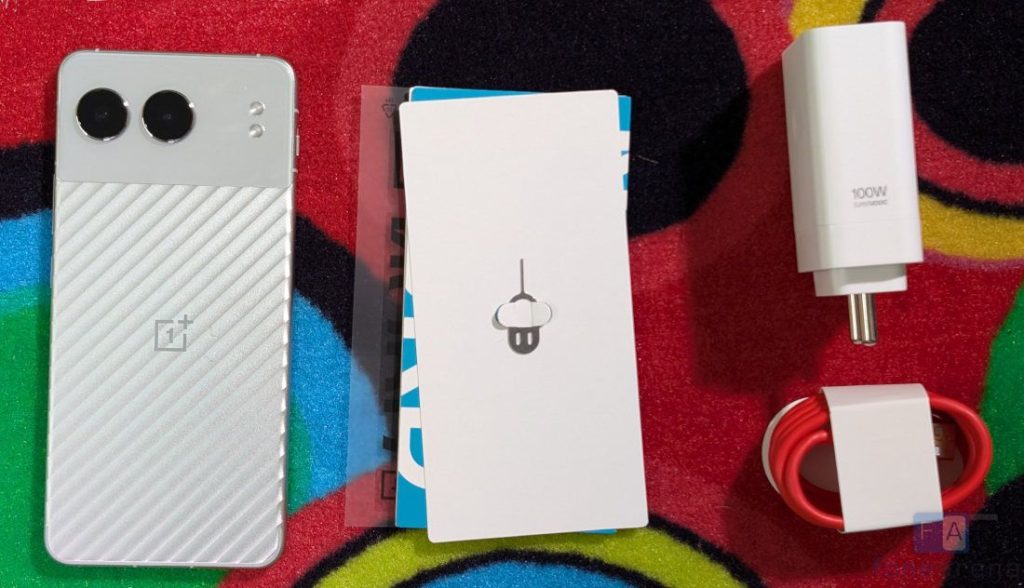
- OnePlus Nord 4 5G (12GB+256GB) in Mercurial Silver colour
- 100W SUPERVOOC charger
- USB Type-C Cable
- Protective case
- SIM ejector
- Quick Start Guide and Warranty Information
Display, Hardware and Design
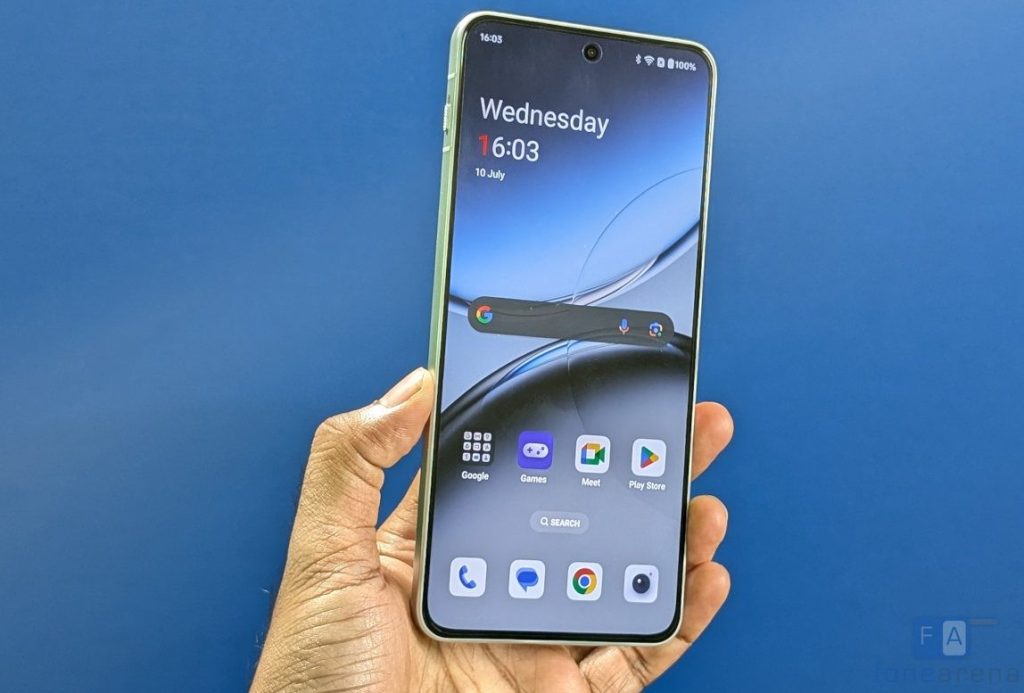
The OnePlus Nord 4 5G sports a 6.74-inch (2772 × 1240 pixels) 1.5K AMOLED display with 120Hz adaptive refresh rate, 240Hz touch sampling rate and 450 PPI. The display is bright since it has up to 2150 nits peak brightness. It offers good colour output since it has 100% DCI-P3 color gamut, and the sunlight legibility is good as well. You can select from vivid, and Natural screen colour modes.
The phone has a 2160Hz high-frequency dimming technology. In dark environments where DC dimming can’t work, the phone will automatically switch to 2160Hz PWM dimming mode to maintain accurate colors on display with a more comfortable eye experience. There is Aqua Touch that uses HyperTouch algorithm for even smoother touch experience even when the hands are wet.
The phone also has HDR 10 support, which works for YouTube, but it doesn’t work on Netflix. There is always-on-display that shows contextual info and notifications all day or as per schedule.
The phone has a tiny punch-hole that houses a 16-megapixel camera. Above the display, there is an earpiece on the top edge that doubles up as a secondary speaker. It has an in-display fingerprint scanner.
Coming to button placements, the power button is present on the right along with volume rockers. The alert slider is on the left. The Dual SIM slot with a hybrid SIM slot, primary microphone, USB Type-C port and the loudspeaker grill are present on the bottom. The secondary microphone, IR Blaster and vent for speaker are present on the bottom.
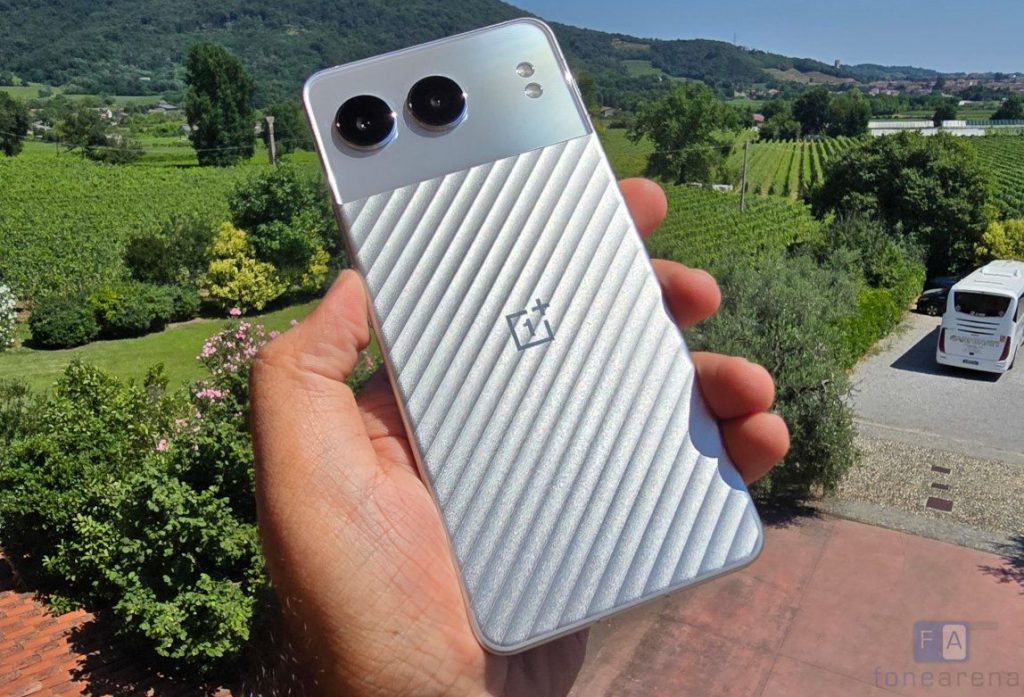
The main highlight of the phone is its unibody metal design. The phone has a two-tone design on the back. Most part of the phone are metal, and the camera deco has glass. We had seen a metal body on a phone from OnePlus in the OnePlus 5 series in 2017, so this is the first all-metal unibody phone in the 5G era, says the company.
The Mercurial Silver that we have has a 2D laser-etched design, which has a meticulously designed texture, sculpted from over 28,000 nano-laser cuts, offering a stunning light and shadow play that almost seems to move with the light.
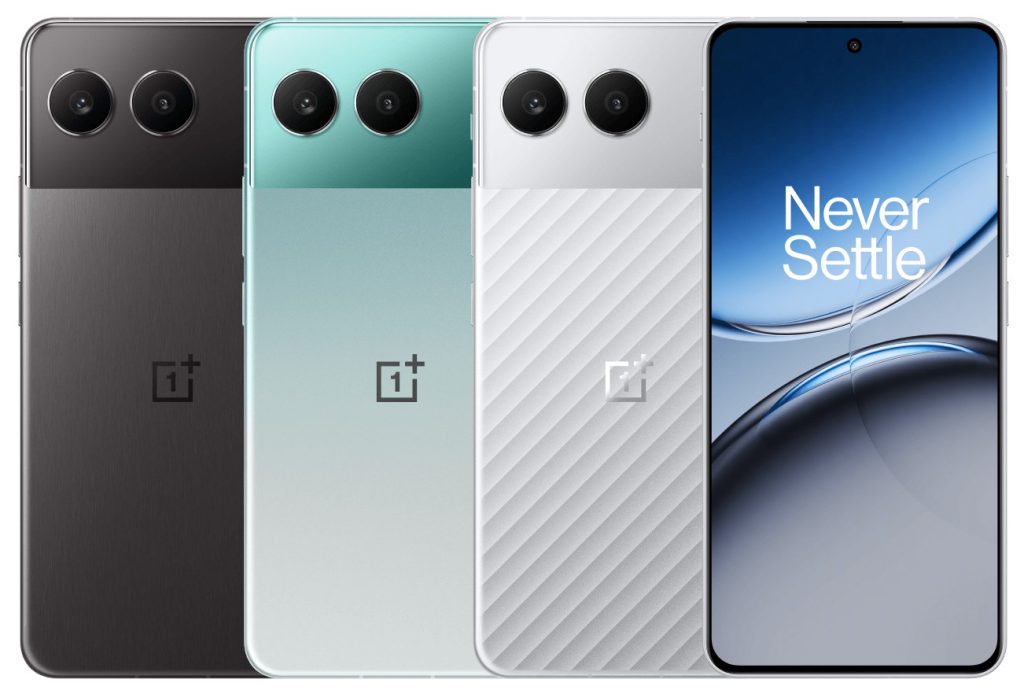
There is also the Obsidian Midnight colour that has a classic brushed gunmetal design and the Oasis Green has a classic OnePlus Nord LE design with a unique two-tone colour scheme that is eye catching.
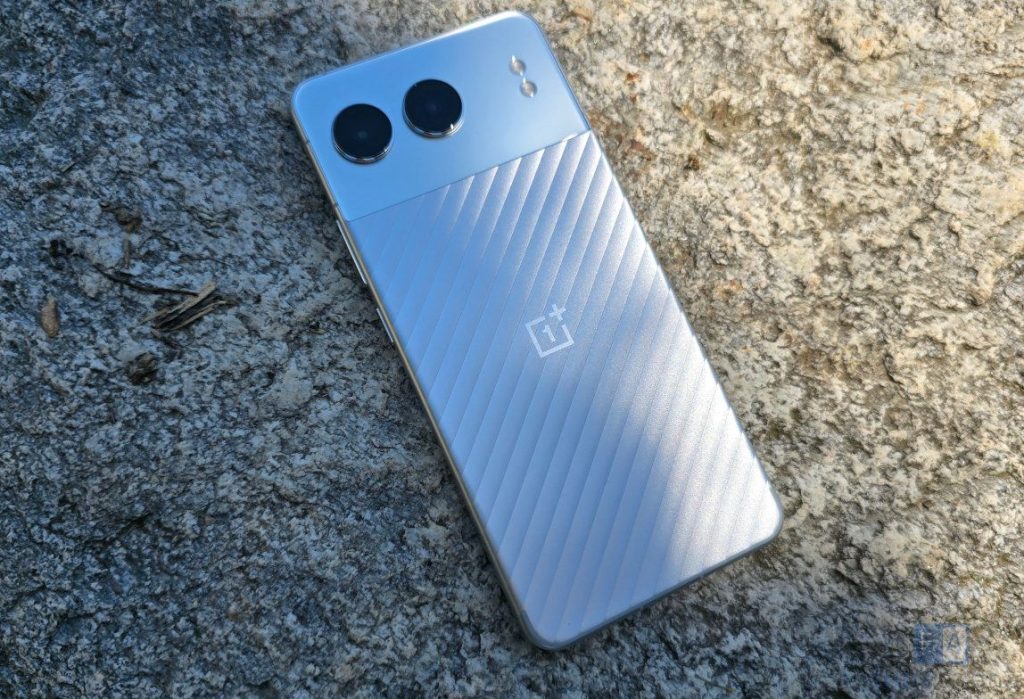
Even though the phone has a metal body, the company says that the phone houses the industry’s smartest antenna design. OnePlus has redesigned the antennas using a series of small pillars, carefully positioned inside the phone’s rear cover, that allows the antennas to be half of the size of normal antennas while still sending and receiving clear and coherent 5G signals. The phone’s metal body also acts as an amplifier, making the signals
even stronger, adds the company.
Even though it packs a huge, 5500mAh battery and a metal body, it weighs 199.5 grams which is about 6.5g heavier than the Nord 3.
Camera

- 50MP rear camera with 1/1.95″ Sony LYT-600 sensor, f/1.8 aperture, OIS
- 8MP 120° ultra-wide camera with Sony IMX355 sensor, f/2.2 aperture
- 16MP front-facing camera with f/2.4 aperture
The camera UI in the OxygenOS 14 is familiar. There is Pro mode, Panorma, Slo-mo, Time-Lapse, Dual-View video, and text scanner. The rear camera offers 12.5MP output after pixel binning, and the front camera images are 16MP in size.
Daylight shots came out well, thanks to the 50MP sensor, and the dynamic range is better with auto HDR. 2X is good, but as you zoom in you lose details even though you get up to 20X zoom. The portrait mode offers a good edge detection. This drops the 2MP macro camera, which is a good thing.
The IMX890 in the Nord 3 would have had a slightly edge in low light. The night mode is useful, but it takes a few seconds to process. There is also a tripod mode. The 16MP front camera also does a good job in daylight, but doesn’t do much in low light. The bokeh shots are good, and the edge detection is decent.
Check out the camera samples.
It can record videos in up to 4K 60 fps, slow motion 1080p at 120fps, and the front camera can record 1080p 30fps videos. Ultra-wide camera shooting and Portrait video mode video with the main camera are limited to 1080p, 30 fps. There is OIS and EIS which does decent job. There is ultra-steady mode which is limited to 1080p 60fps.
Software, UI and Apps
It runs Android 14 based OxygenOS 14.1 out of the box. It has Android security patch for July 2024. The phone will get 4 Android updates and for the first time in the Nord series, and will get 6 years of security updates, which is a first for a OnePlus phone which is a welcome move. The OxygenOS 14 offers Trinity Engine with HyperTouch, HyperBoost and HyperRender.
The File Dock feature enables collection, analysis, and sharing of global information through the Dock or other applications simply by making gestures. Notes 2.0 offers more convenient, enriched, and intelligent editing capabilities. The Smart Cutout feature is also able to accurately recognize and extract the subject from complex backgrounds, or background that shares a similar color scheme with the subject, or in group photos.
Apart from the usual set of OnePlus apps and Google apps, it comes with several pre-loaded apps such as Instagram, Netflix and some games. These apps can be uninstalled, but come back once the phone is reset. The IR remote app is useful.
Out of 12GB LPDDR5X RAM, you get 11.05GB of usable RAM, and about 7GB of RAM is free when default apps are running in the background. It also has DRE or dynamic RAM expansion feature, which uses the built-in storage as RAM. This has up to 12GB of additional RAM expansion. Out of 256GB UFS 4.0 storage, you get about 219.48GB of free storage. The phone also comes in 128GB version which has UFS 3.1 storage.
Fingerprint sensor and Face unlock
It has an in-display fingerprint sensor that unlocks the phone quickly, but it is not as fast as a physical fingerprint sensor. You can add up to 5 fingerprints. You can also use the fingerprint for app local and payments in apps.
Furthermore, you can change the fingerprint animation and also disable it, and also enable quick launch option to launch apps directly from the lock screen by holding the fingerprint. The phone also has face unlock feature.
Music and Multimedia
YouTube Music is the default Music Player. . It has OReality audio and has customizable Smart, Movie, Game and Music modes, but doesn’t have Dolby Atmos. It doesn’t have FM Radio support. Audio through the stereo speakers is good without any distortion even in full volume. Audio through earphones is good as well.
This has Widevine L1, so that you can play HD content on Netflix and other streaming apps. It supports HDR content on YouTube, but not on Netflix.
Dual SIM and Connectivity
The OnePlus Nord 4 has support for n1/n3/n5/n8/n28B/n77/n78 Network Bands in India. It has 4G Wi-Fi and VoLTE, with support for Carrier Aggregation on 4G. Other connectivity options include Wi-Fi 6 802.11 ax,(2.4GHz + 5GHz), Bluetooth 5.4, GPS / GLONASS / Beidou. It has OTG support, and also has NFC support. Moving on, the call quality is good, and we did not face any call drops and the earpiece volume was loud. It uses Google dialer and messages.
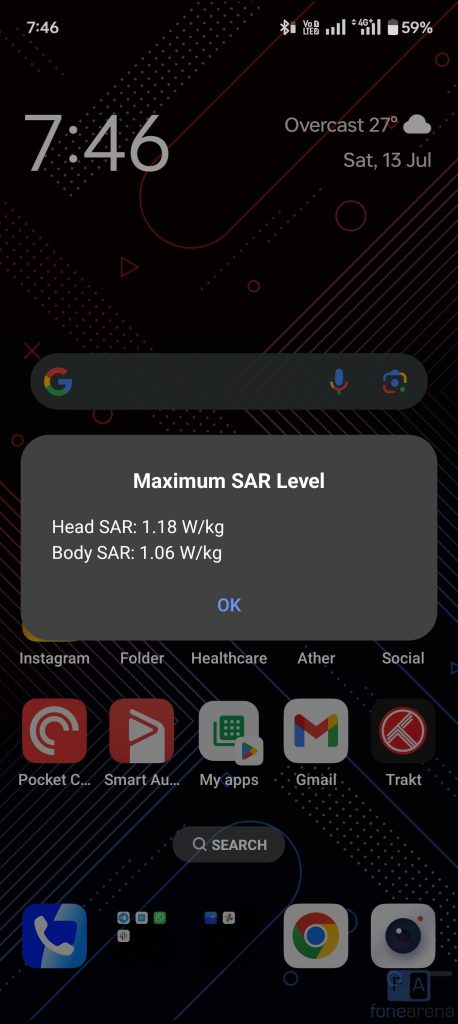
The OnePlus Nord 4’s body SAR is 1.06W/Kg and head SAR is at 1.18/Kg, which is well under the limit of 1.6 W/kg (over 1 g) in India.
Performance and Benchmarks
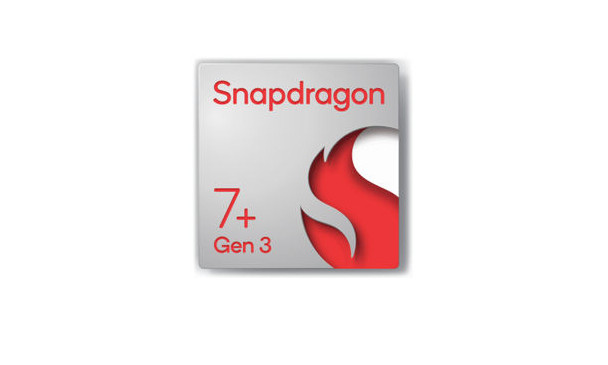
This is the one of the few phones to be powered by Qualcomm Snapdragon 7+ Gen 3 SoC in India. It uses the same microarchitecture as the Snapdragon 8 Gen 3, but the CPU cores are underclocked and this uses a different GPU.
It uses 1 x Kryo Prime CPU (Arm Cortex-X4 based) at up to 2.8GHz, 4 x Kryo Performance CPUs (Arm Cortex-A720 based) at up to 2.6GHz and 3x Kryo Efficiency CPUs (Arm Cortex-A520 based) at up to 1.9GHz.
The SoC is fabricated using the TSMC 4nm Process Technology, same as Snapdragon 8 Gen 3. It promises 15% CPU performance improvements and 5% overall power savings compared to Snapdragon 7+ Gen 2 and 65% performance improvements compared to Snapdragon 7 Gen 3.
The phone has high-density graphite sheet, a steel vapor chamber and a micron-level copper foil. Together, this all adds up to 17,900mm², which keeps the phone mostly cool.
The Adreno 732 GPU promises 45% performance improvements compared to 7+ Gen 2 and 130% improvements compared to Snapdragon 7 Gen 3. We did not face any issues or frame drops in the graphic-intensive games like COD, BGMI and Genshin Impact. It reached maximum 43º in our testing indoors in 5G, but this might vary outdoors.
In 3D Mark wild life stress test, it scored 53% which is just average. The temperature shot up from 31 to 44 degrees, which is not much, thanks to the cooling solution. That said, check out some synthetic benchmark scores below.
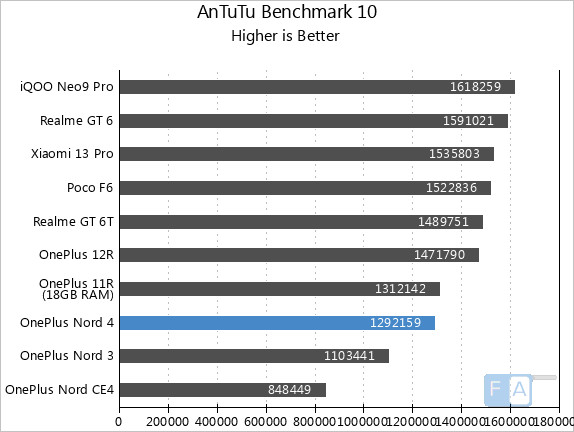
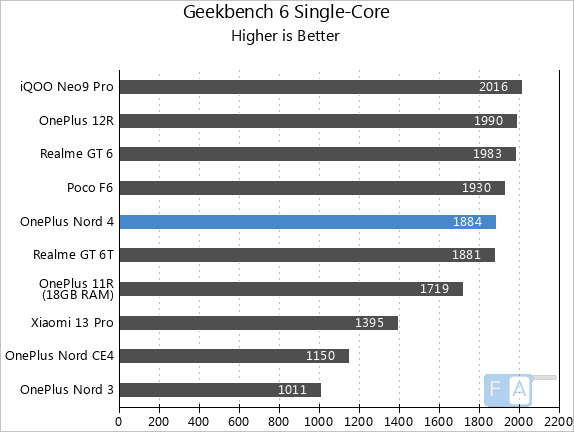
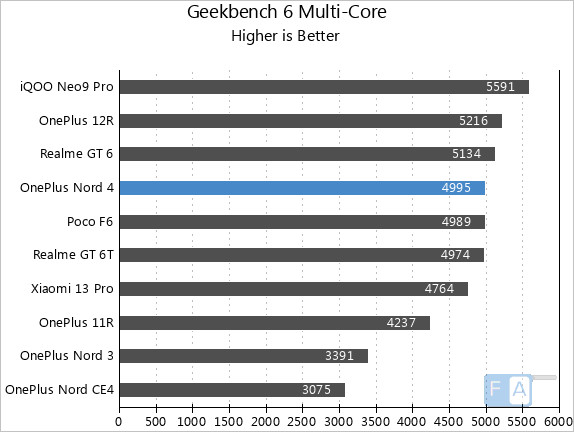
Battery life
Coming to the battery life, the phone packs a 5500mAh (typical) battery, which is slightly bigger than the 5000mAh battery in the Nord 3. It can easily last for a day with heavy use and for 2 days with typical use.
Since the phone has support for 100W SuperVOOC fast charging, it can charge up to 50% in about 10 minutes, and 100% in less than half an hour. There are smart charging, option to stop charging at 80%, and the smart rapid charging can charge the device faster if the battery is too low.
Conclusion
At a starting price of Rs. 29,999, the Nord 4 is a performance champ with a solid build, offers good battery life with fast charging and long software support, making it stand out. Wish it had an LTPO display and the camera set up could have been better.
Pricing and availability
The OnePlus Nord 4 is priced at Rs. 29,999 for the 8GB + 128GB model, Rs. 32,999 for the 8GB + 256GB model and the 12GB + 256GB model costs Rs. 35,999. There is up to Rs. 3000 bank discount.
Alternatives
In the same price range, the is realme GT 6T with the same SoC, camera and battery, but you get an LTPO display. You can also consider the POCO F6 that has a slightly faster Snapdragon 8s Gen 3 SoC. If you spend more, there is iQOO Neo9 Pro which offers a better camera, and a slightly better performance with Snapdragon 8 Gen 2.
Pros
- Solid build quality
- 1.5K AMOLED display is good
- 4 years of Android updates, 6 years of security updates
- Smooth performance
- Long battery life with 100W fast charging
Cons
- Average camera performance
- Bloatware


